Researchers bioengineered the microstructures to be the same size, shape and stiffness as adult heart muscle cells, or cardiomyocytes, with the goal of releasing biologically active peptides that act as cardioprotective agents.
Feb 4th, 2015
Read more
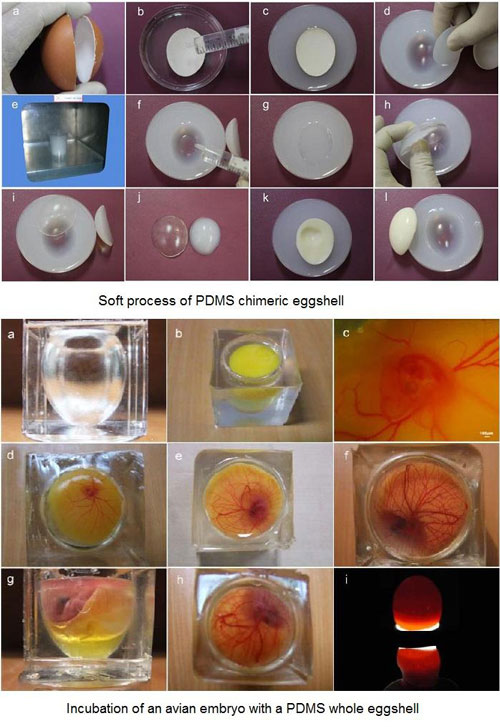 Lab-on-a-chip (LOC) systems have registered tremendous progress over the past 20 years. Myriad 'chip' schemes have already emerged, ranging from the lung-on-a-chip and heart-on-a-chip to the liver-on-a-chip and kidney-on-a-chip. However, until now, an ideal embryo-on-a-chip has not yet been developed due to challenges in condensing so many life factors inside a conventional LOC.
Lab-on-a-chip (LOC) systems have registered tremendous progress over the past 20 years. Myriad 'chip' schemes have already emerged, ranging from the lung-on-a-chip and heart-on-a-chip to the liver-on-a-chip and kidney-on-a-chip. However, until now, an ideal embryo-on-a-chip has not yet been developed due to challenges in condensing so many life factors inside a conventional LOC.
Feb 3rd, 2015
Read more
Genome and transcriptome analyses provide clues to the secret of simultaneous growth and oil production in the microalga.
Feb 2nd, 2015
Read more
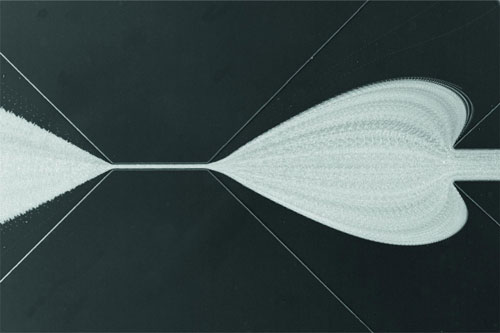 An entirely new approach for the mechanical characterization of cells has the potential to revolutionize the diagnosis of a wide range of diseases.
An entirely new approach for the mechanical characterization of cells has the potential to revolutionize the diagnosis of a wide range of diseases.
Feb 2nd, 2015
Read more
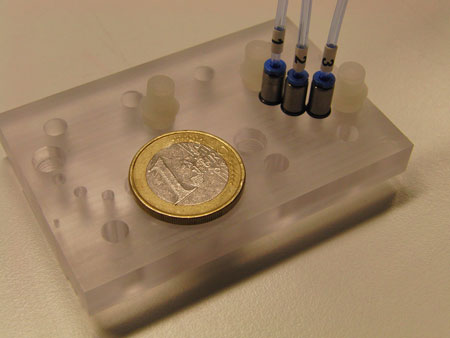 Researchers are developing a mini-organism inside a chip. This way, complex metabolic processes within the human body can be analyzed realistically.
Researchers are developing a mini-organism inside a chip. This way, complex metabolic processes within the human body can be analyzed realistically.
Feb 2nd, 2015
Read more
A novel, bacteria-repelling coating material that could increase the success of medical implants has been created by researchers.
Jan 30th, 2015
Read more
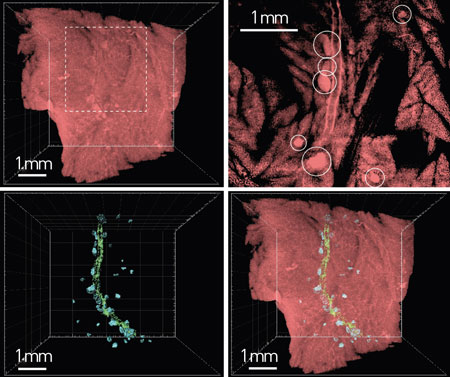 An experimental technique that renders mouse tissues transparent and colorless allows scientists to image the cellular-scale effects of disease deep within the body.
An experimental technique that renders mouse tissues transparent and colorless allows scientists to image the cellular-scale effects of disease deep within the body.
Jan 30th, 2015
Read more
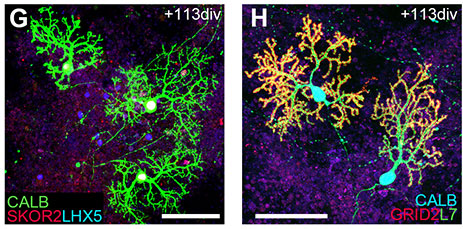 Researchers in Japan have succeeded in inducing human embryonic stem cells to self-organize into a three-dimensional structure similar to the cerebellum, providing tantalizing clues in the quest to recreate neural structures in the laboratory.
Researchers in Japan have succeeded in inducing human embryonic stem cells to self-organize into a three-dimensional structure similar to the cerebellum, providing tantalizing clues in the quest to recreate neural structures in the laboratory.
Jan 29th, 2015
Read more
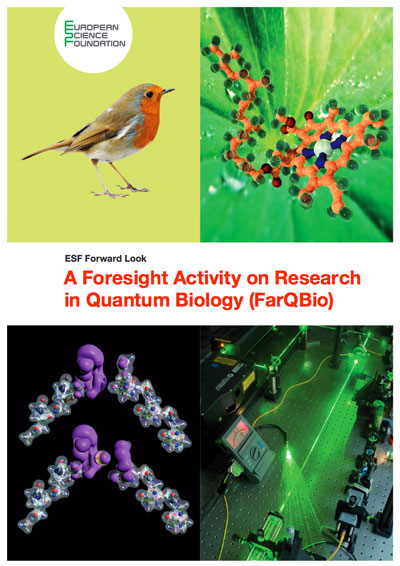 The scientific community represented by about forty researchers and officials from research funding organisations gathered in Brussels on 23 January 2015 to present the outcomes of the European Science Foundation's (ESF) Foresight Activity on Research in Quantum Biology (FarQBio).
The scientific community represented by about forty researchers and officials from research funding organisations gathered in Brussels on 23 January 2015 to present the outcomes of the European Science Foundation's (ESF) Foresight Activity on Research in Quantum Biology (FarQBio).
Jan 29th, 2015
Read more
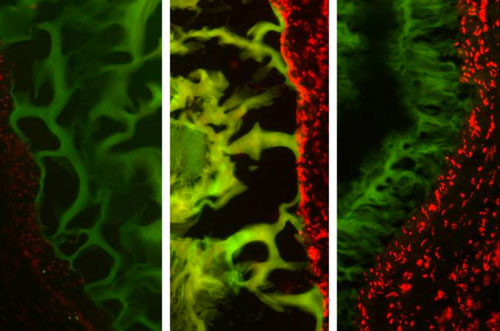 Glue can be modified for optimal performance in different types of diseased tissue.
Glue can be modified for optimal performance in different types of diseased tissue.
Jan 29th, 2015
Read more
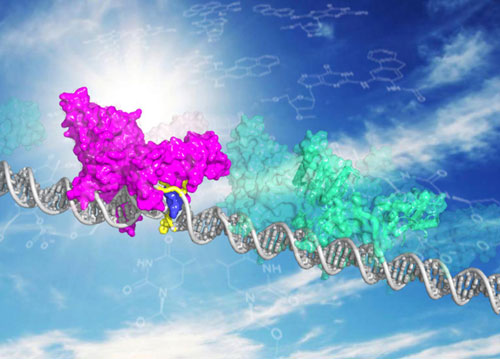 Sites where DNA is damaged may cause a molecule that slides along the DNA strand to scan for damage to slow on its patrol, delaying it long enough to recognize and initiate repair. The finding suggests that the delay itself may be the key that allows the protein molecule to find its target, according to the researchers.
Sites where DNA is damaged may cause a molecule that slides along the DNA strand to scan for damage to slow on its patrol, delaying it long enough to recognize and initiate repair. The finding suggests that the delay itself may be the key that allows the protein molecule to find its target, according to the researchers.
Jan 28th, 2015
Read more
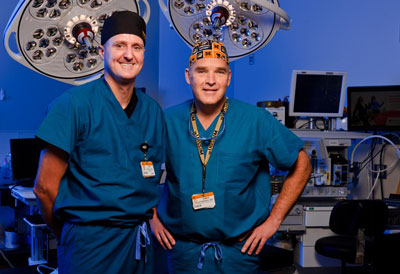 Currently, doctors have to throw away more than 80 percent of donated tissue used for joint replacements because the tissue does not survive long enough to be transplanted. Now, researchers have developed a new technology that more than doubles the life of the tissue. This new technology was able to preserve tissue quality at the required level in all of the donated tissues studied, the researchers found.
Currently, doctors have to throw away more than 80 percent of donated tissue used for joint replacements because the tissue does not survive long enough to be transplanted. Now, researchers have developed a new technology that more than doubles the life of the tissue. This new technology was able to preserve tissue quality at the required level in all of the donated tissues studied, the researchers found.
Jan 28th, 2015
Read more
A new study shows that UV treatment alone can push bacteria into a dormant state instead of killing them, and that in some cases, the bacteria can later revive and proliferate.
Jan 28th, 2015
Read more
These new DNA probes can potentially be used to develop a biosensor array for lanthanide and other metal detection. These DNA molecules have catalytic activity (known as DNAzymes) and studies indicate that lanthanide-dependent DNAzymes may have different properties from existing examples.
Jan 28th, 2015
Read more
Scientists have shed light on how naturally occurring mutations can be introduced into our DNA. The study, which focuses on how DNA replicates every time a cell divides, helps to make clear previously unexplained patterns in how our DNA changes over time. It also provides new insight into how the human genome has been shaped throughout evolution.
Jan 27th, 2015
Read more
Defective cilia can lead to a host of diseases and conditions in the human body - from rare, inherited bone malformations to blindness, male infertility, kidney disease and obesity. A new study from University of Georgia cellular biologists shows the mechanism behind tubulin transport and its assembly into cilia, including the first video imagery of the process.
Jan 26th, 2015
Read more
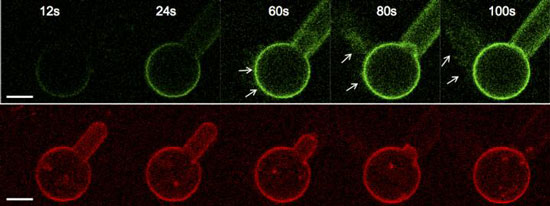 To survive and fulfill their biological functions, cells need to take in material from their environment. In this process, proteins within the cell pull inward on its membrane, forming a pit that eventually encapsulates the material in a bubble called a vesicle. Researchers have now revealed a relationship that governs this process, known as endocytosis.
To survive and fulfill their biological functions, cells need to take in material from their environment. In this process, proteins within the cell pull inward on its membrane, forming a pit that eventually encapsulates the material in a bubble called a vesicle. Researchers have now revealed a relationship that governs this process, known as endocytosis.
Jan 26th, 2015
Read more
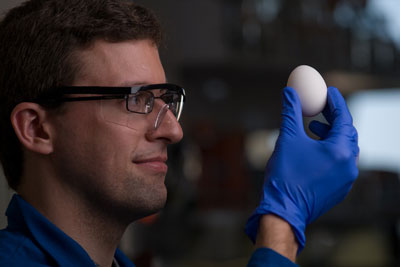 Ability to quickly restore molecular proteins could slash biotechnology costs.
Ability to quickly restore molecular proteins could slash biotechnology costs.
Jan 26th, 2015
Read more

 Subscribe to our Biotechnology News feed
Subscribe to our Biotechnology News feed









